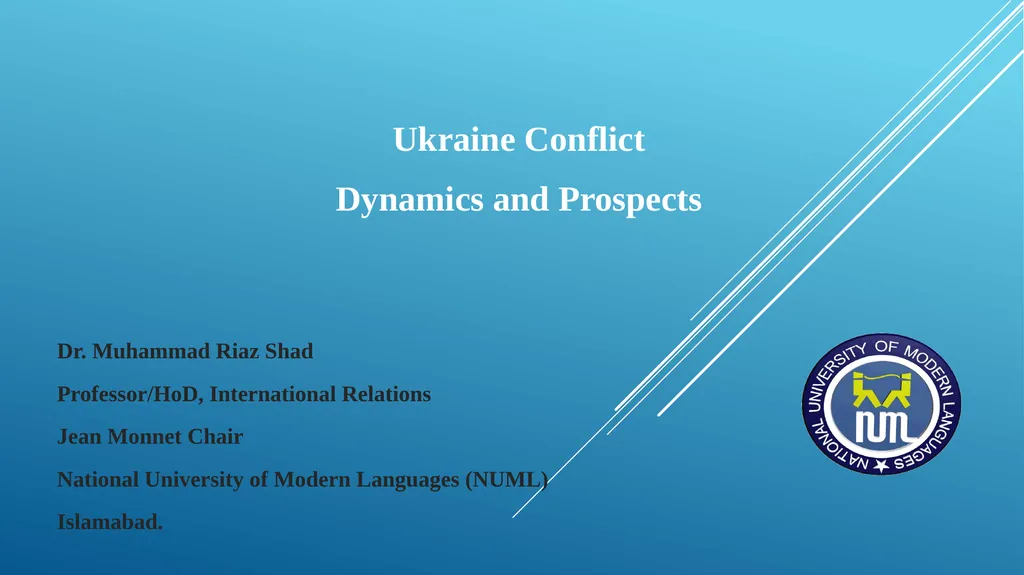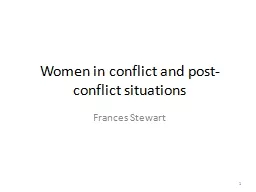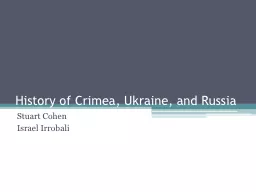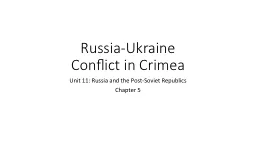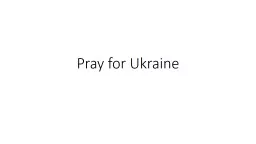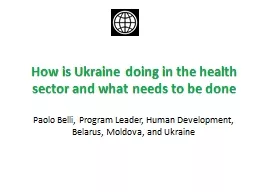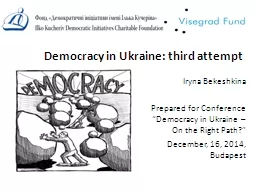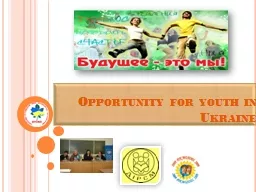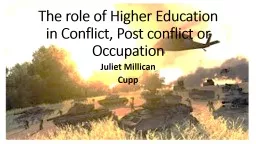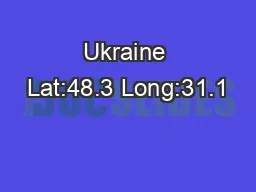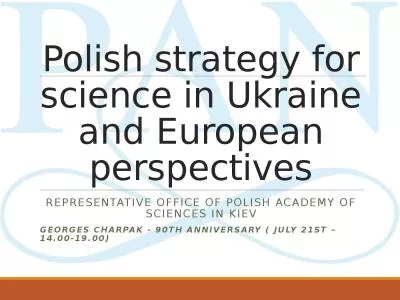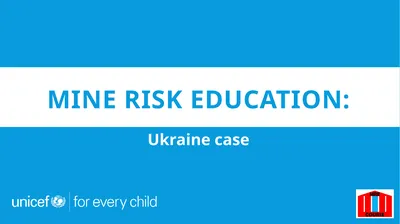Ukraine Conflict Dynamics and Prospects Dr.
Author : faustina-dinatale | Published Date : 2025-07-18
Description: Ukraine Conflict Dynamics and Prospects Dr Muhammad Riaz Shad ProfessorHoD International Relations Jean Monnet Chair National University of Modern Languages NUML Islamabad Criticality of the Ukraine Conflict Happening in a core region
Presentation Embed Code
Download Presentation
Download
Presentation The PPT/PDF document
"Ukraine Conflict Dynamics and Prospects Dr." is the property of its rightful owner.
Permission is granted to download and print the materials on this website for personal, non-commercial use only,
and to display it on your personal computer provided you do not modify the materials and that you retain all
copyright notices contained in the materials. By downloading content from our website, you accept the terms of
this agreement.
Transcript:Ukraine Conflict Dynamics and Prospects Dr.:
Ukraine Conflict Dynamics and Prospects Dr. Muhammad Riaz Shad Professor/HoD, International Relations Jean Monnet Chair National University of Modern Languages (NUML) Islamabad. Criticality of the Ukraine Conflict Happening in a core region of the world Transforming the European Security Order (Europe’s biggest security crisis since WWII) Potentially may lead to WWIII involving nuclear weapons Consequential for the world order; may reshape the global order Has deeper consequences for the wider world, particularly the developing world Dynamics of Ukraine Conflict- Level of Analysis Bilateral level (bilateral dynamics of Russia-Ukraine relations) Regional level (post-cold war European Security Order) Global level (post-cold war World Order) The dynamics/factors operating at the three levels are interlinked; however, they are also characterized by independent features. Regional level offers the most plausible explanation of the Ukraine Conflict. Background of the Current Ukraine War Current Ukraine war is an escalation of the crisis that started in Ukraine in late 2013. President Viktor Yanukovych refused to sign Association Agreement with EU in Nov 2013 Annexation of Crimea by Russia in March 2014 Russian support to separatists in Eastern Ukraine Russia started military build-up at Ukraine borders in Dec 2021 On 21 February 2022, Russia recognized Donetsk People's Republic and Luhansk People's Republic in Eastern Ukraine (Donbas region) as independent states. On 24 Feb 2022, Russia launched military invasion of Ukraine Structural Dynamics of the Ukraine Conflict (Regional Level of Analysis) Opposite approaches over Ukraine (European liberal vs. Russian realist approach), rooted in post-cold war European Security Order (ESO) Post-cold war ESO was based on the centrality of Euro-Atlantic organizations, viz. NATO & EU. Three concentric circles of the ESO: Core Circle (Western Europe) Intermediate Circle (Eastern/Central European states) Outer Circle (Russia/Post-Soviet states) Structural Dynamics of the Ukraine Conflict (Regional Level of Analysis) NATO and the EU were remarkably successful in transforming the politico-economic and security structures and stabilizing the post-Communist Central and Eastern European states. Nevertheless, they failed in integrating Russia into the institutional edifice. Russia did not join the Western organizations due to two interrelated reasons….Russian perception & Non-negotiable rules for EU-NATO membership Divergent paths EU-NATO eastward expansion and the initial Russian reaction EU-NATO plans for expansion to the post-Soviet states (ENP 2004 ; EaP 2009 ; NATO summit 2008) Russian Response….. OSCE (wider Europe vs. Greater Europe) EEU Coercive measures Russian Military Objectives in Ukraine Russia annexed Crimea and supported Russian ethnic separatists in Donbas in 2014
